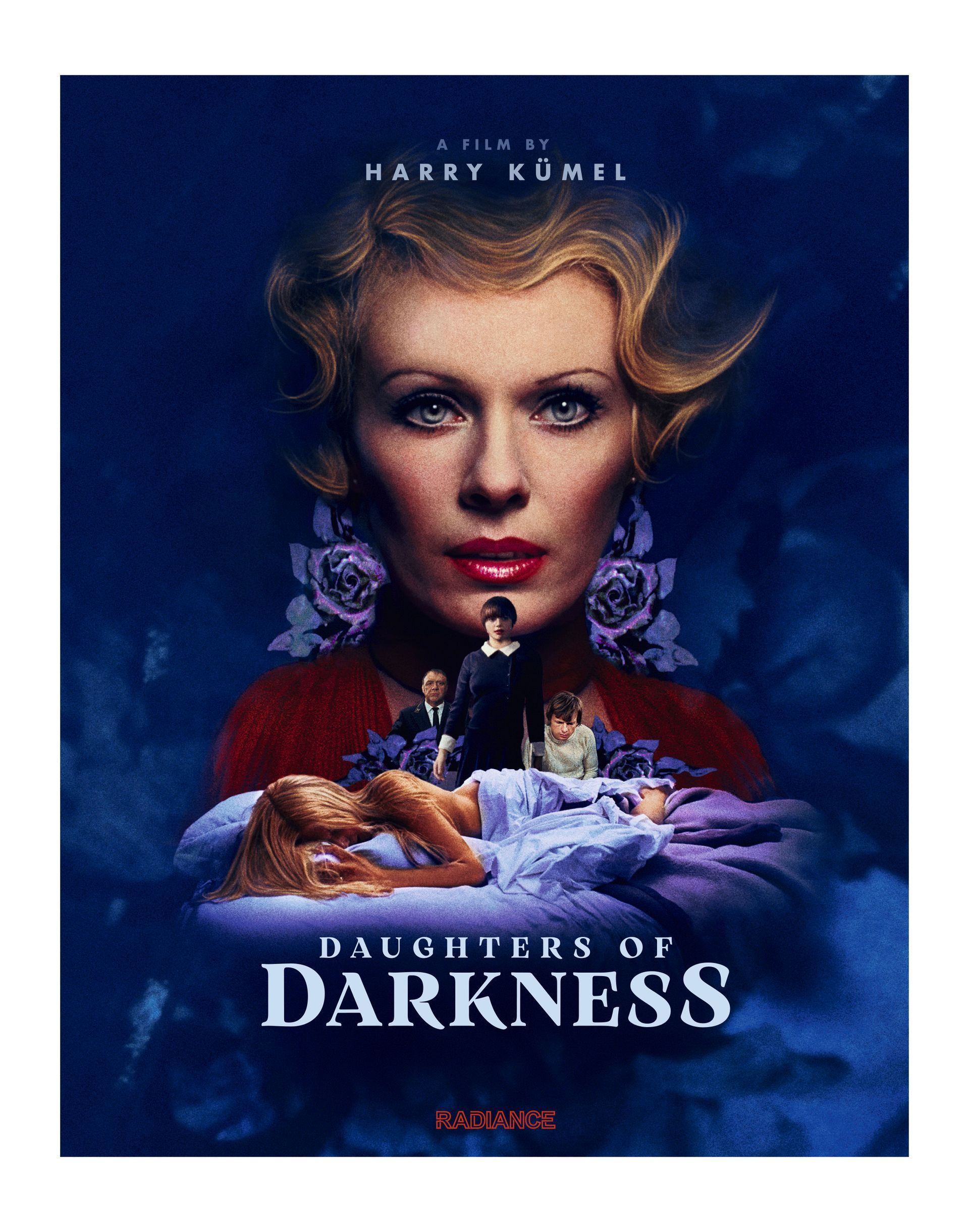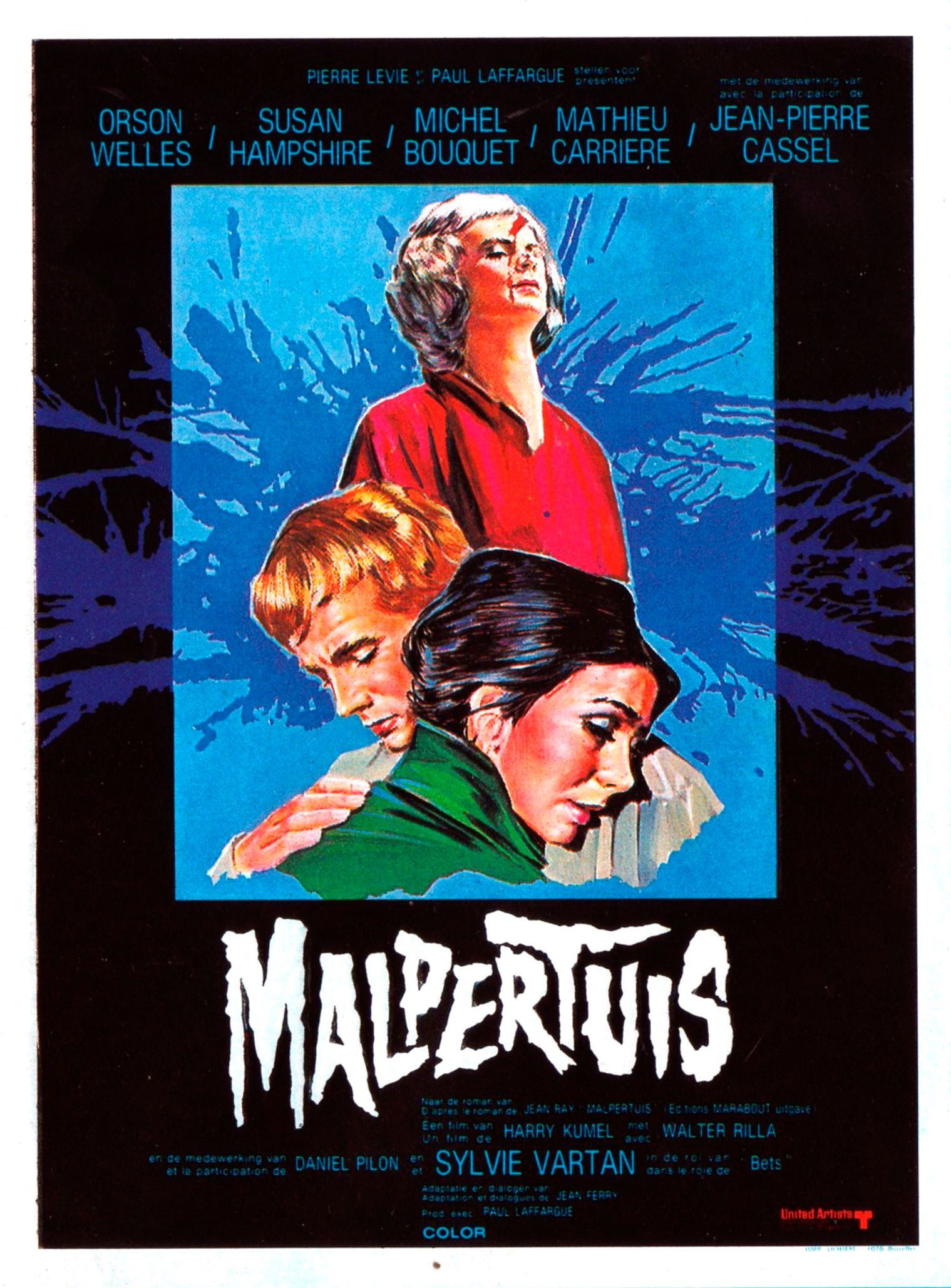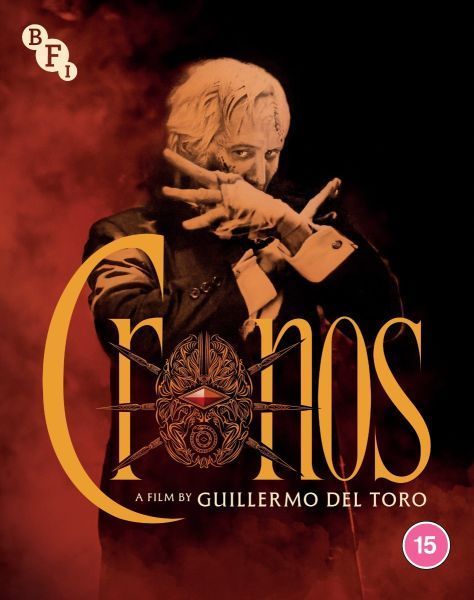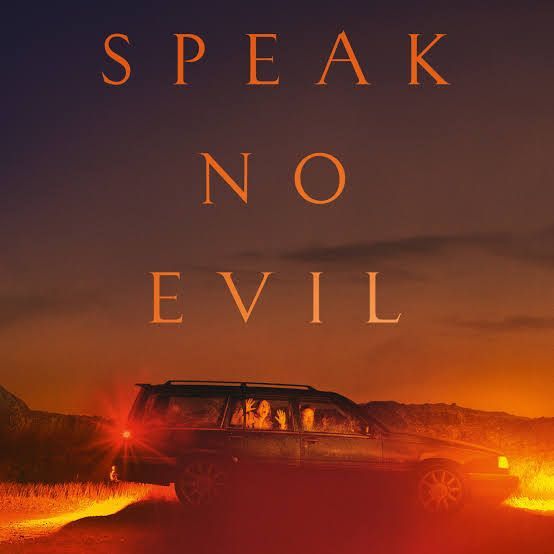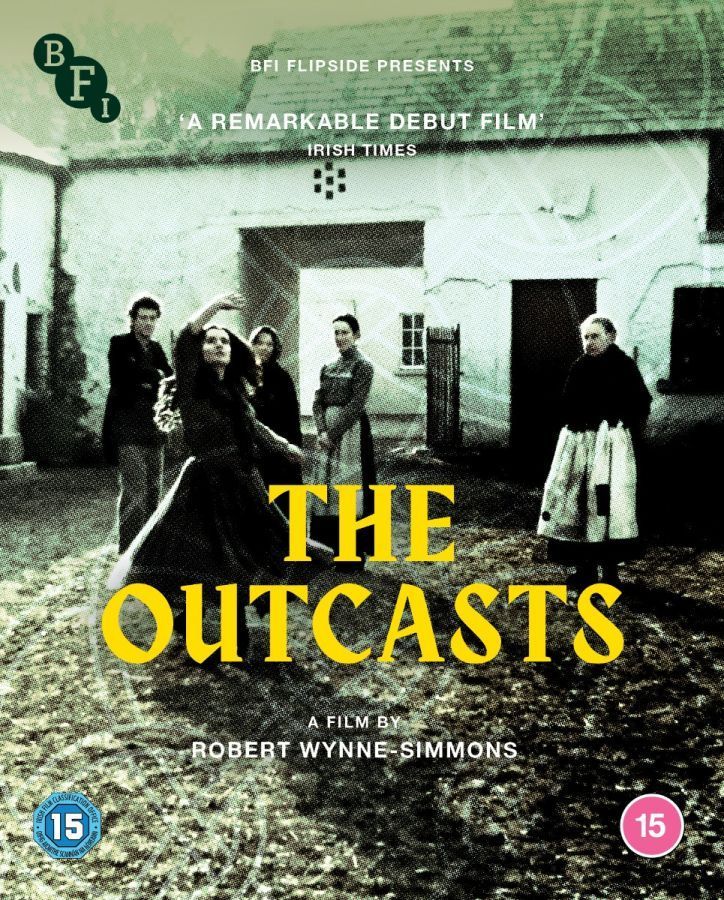The Beatles and India
The Beatles and India
The Beatles and India
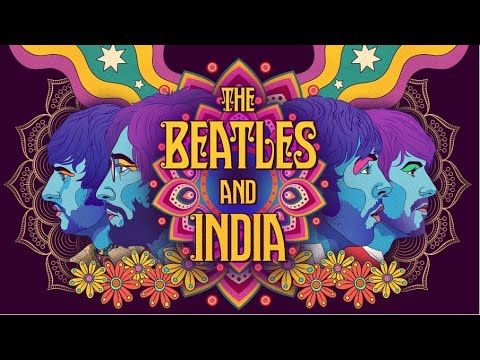
‘The Beatles and India’ 101 Films
Seemingly, no matter how many times you listen to their music, watch their original and highly entertaining films, read books, and view old news items and film clips about them, the appearance of a ‘new’ Beatles item has a Pied Piper-like pull, and off you go down the road once more, in search of The Fab Four.
‘The Beatles and India’ holds up a mirror to one of the most significant series events of their lives with the neat reversal of The Beatles are the ones crossing continents, drawn by the irresistible pull of the Indian mystic and transcendental meditation promoter Maharishi Mahesh Yogi.
Opening with scenes from Indian entertainment media of the 1960’s, the viewer might be surprised to see Indian beat groups (The Savages) as well as the more typical ‘’Bollywood’ style fare. The clock is quickly turned back to the Second World War and the blitz, where we learn that the young George Harrison was already absorbing Indian music as a child, courtesy of his mother’s radio listening habits.
A young British Asian recalls his father, then the owner a shop on Oxford Street where George bought his first sitar, getting a call from Abbey Road studios, where they were in desperate need of a spare sitar string. His father had never heard of The Beatles up to then. The string was taken round to Abbey Road studios personally.
Some recall ambivalent feelings, even offence at The Beatles, due to their film ‘Help!’ featuring characters who were members of a murderous religious sect, clearly based upon the Hindu goddess of time and death, Kali. Such feelings may have still been below the surface, but others recalled feeling that the Beatles appearance in India, and their love of the traditional music, took word of their rich culture abroad and made the boys feel ‘one of us’.
No film that even so much as touches on Indian music can fail to mention sitar virtuoso Ravi Shankar, and this one is no exception. George Harrison’s early adoption of the instrument, and his trip to India to learn at the feet of the master is a pivotal moment, also putting Ravi Shankar into the global spotlight. All too brief shots of Keith Relf interviewing Ravi, Ravi and Yehudi Menuhin playing together, and George resplendent in orange shirt and trousers playing music with Ravi make it a visual, as well as an aural delight. Ravi introducing George to his century old Guru, and shots of visits to the Taj Mahal and the banks of the Ganges, filled with pilgrims, are awe inspiring, even on the small screen.
George and Patti’s trip to India wasn’t all serenity, however. The constant attention eventually got to George, with uncharacteristic bad temper showing itself when being harassed at every step for interviews.
The other key figure in this film is of course the Maharishi Mahesh Yogi, whom The Beatles first met in Bangor, Wales, rather than Bangalore, on one of his teach-ins about pet subject and touchstone, Transcendental Meditation. The shots of The Beatles boarding an already crowded London train, with Cynthia running, almost being left behind, look like they could easily have been an out-take from ‘A Hard day’s Night’.
Relentlessly pursued by the press on their Welsh trip, and in contrast to the peace and contentment they found in Maharishi’s teachings, the press caught the boys in the headlights one day with the news of manager Brian Epstein’s sudden death. All look hunted and shell-shocked by the news, lights like interrogation lamps shining in their faces, a truly pathetic scene.
The Beatles’ trip to the Maharishi’s simple and spartan college, Rishikesh, naturally attracted the world’s press, and we hear from a local journalist, whose ambition was to get all of the fabs in a single photo. In those pre-digital days, and not being, strictly speaking, invited to the gathering, his task had to be accomplished with the best lens he could beg, and then to hope his picture turned out well. Initially, all seemed to enjoy the peaceful and uncluttered lifestyle of the place, but our journalist was unimpressed. Others not so taken in by Maharishi talk frankly about their abuse at his hands, and in these more sensitive times, it’s hard to fathom why The Beatles left so politely.
Charlatan or not, Maharishi certainly had opinions and insight. He felt that George was on his last life, an advanced being who would not need further earthly exile to teach him more. On the other hand, he felt that John had many more lifetimes to live, and perhaps he was right.
The film also explores the story that the Maharishi had come under the surveillance of the KGB and the CIA, for much the same reason; He was suspected of trying to destabilise the region, and Rishikish briefly became spy central.
The great falling out with the Maharishi had its roots in his decision to invite two American film companies over to India, on the tacit understanding that The Beatles would be available for interviews. This did not go down well with the fab four, and Paul and George left for Sweden, telling Maharishi to ‘cool it’.
The sights and sounds of a rich, complex culture, then little known to Westerners, adds to the many reasons you may have for seeing this excellent film. Take a peek, and you too can discover whether Ringo was right about the Maharishi’s place being ‘just like Butlin’s’.
27/9/21
Weblink:
https://www.101-films.com/film/263/the-beatles-and-india
https://www.101-films.com/film/263/the-beatles-and-india
Trailer:
https://youtu.be/xE3WbhjttEw
